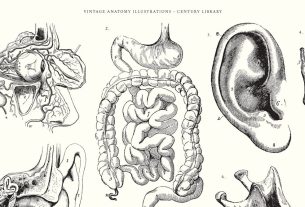📍 Princeton, July 9, 2025 — In a groundbreaking study published in Nature Genetics, researchers from Princeton University and the Simons Foundation have identified four biologically and clinically distinct subtypes of autism, marking a major advance in understanding the condition’s genetic complexity and paving the way for more personalized diagnosis and treatment strategies.
🧠 Study Overview and Methodology The team analyzed data from over 5,000 children enrolled in the SPARK autism cohort, using a person-centered computational model that assessed more than 230 traits per individual—including social behaviors, developmental milestones, and psychiatric symptoms. This approach enabled researchers to move beyond traditional single-trait genetic analyses and uncover meaningful subgroups linked to distinct genetic profiles.
🔍 The Four Autism Subtypes
- Social and Behavioral Challenges (37%)
- Core autism traits: social difficulties and repetitive behaviors
- Typical developmental milestones
- High rates of co-occurring conditions like ADHD, anxiety, and depression
- Mixed ASD with Developmental Delay (19%)
- Delayed milestones (e.g., walking, talking)
- Fewer psychiatric symptoms
- Genetic profile includes rare inherited variants
- Moderate Challenges (34%)
- Milder autism traits
- Typical development
- Minimal psychiatric comorbidities
- Broadly Affected (10%)
- Severe developmental delays and communication difficulties
- High prevalence of psychiatric conditions
- Strong association with de novo mutations not inherited from parents
🧬 Distinct Genetic Signatures Each subtype exhibited unique genetic patterns and biological pathways. For example, the Broadly Affected group showed the highest burden of damaging mutations linked to early brain development, while the Social and Behavioral Challenges group had mutations in genes active later in childhood, suggesting postnatal onset of biological mechanisms.
🔄 Implications for Precision Medicine The findings offer a data-driven framework for redefining autism not as a single condition, but as a spectrum of biologically distinct disorders. This could revolutionize clinical care by enabling:
- Earlier and more accurate diagnosis
- Tailored developmental monitoring
- Customized therapeutic interventions
- Improved support planning for families
🗣️ Expert Commentary “This study provides a new lens through which to view autism,” said Olga Troyanskaya, senior author and director of Princeton Precision Health. “By integrating genetic and clinical data at scale, we can begin to map the trajectory of autism from biological mechanisms to clinical presentation”.
Co-lead author Aviya Litman added, “These subtypes are meaningful in both the clinic and the genome. They represent a paradigm shift in autism research and care”.
🔮 Looking Ahead While the study defines four robust subtypes, researchers emphasize that this is a starting point. The framework may evolve to include additional subgroups as more data becomes available, offering deeper insights into autism’s diverse presentations and underlying biology.
For full details, see the official study summary from Princeton University and the coverage by MSN Science.



